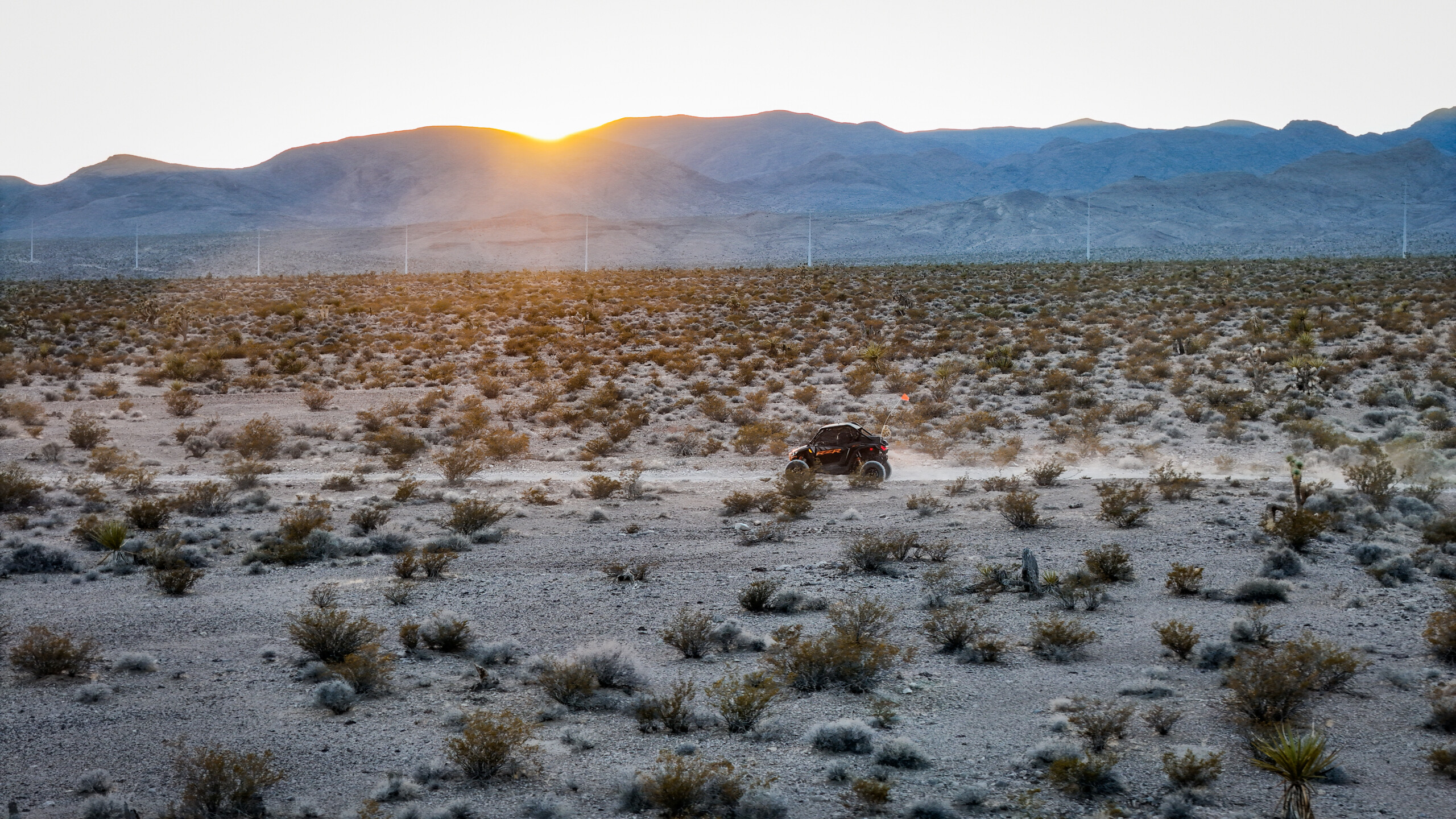7 Fascinating Facts About the Mojave Desert History: From Hills to Water and Plants
The Mojave Desert history is one of the most fascinating chapters in North America’s natural story. Stretching across parts of California, Nevada, Arizona, and Utah, this desert has been shaped over millions of years by shifting landscapes, ancient waterways, volcanic eruptions, and the resilience of life. From its rugged mountains to its dry valleys and unique ecosystems, the Mojave offers more than just sand and heat — it is a living museum of Earth’s past. In this blog, we’ll uncover seven fascinating facts that trace its journey from formation to the thriving desert we know today.
1. The Mojave Began as a Land of Water
Long before it became one of the driest regions in North America, the Mojave Desert was home to vast lakes, wetlands, and flowing rivers. During the Ice Age, about 10,000 to 12,000 years ago, the region held large bodies of water such as Lake Manly in Death Valley and Lake Mojave. These lakes supported rich ecosystems, including fish, amphibians, and large mammals like mammoths and camels that once roamed its shores.
As the climate grew warmer and drier, the lakes gradually evaporated, leaving behind salt flats, playas, and the arid basins we see today. Traces of this watery past can still be found in fossil records and the dry lakebeds that dot the desert floor. You can learn more about this ancient past from the National Park Service.
2. Shaped by Mountains and Geological Forces
The Mojave’s dramatic landscape was sculpted by tectonic movements, uplifting mountains and carving valleys over millions of years. Ranges such as the Providence Mountains and Clark Mountain rise above the desert floor, creating striking contrasts. These mountains also act as rain shadows, capturing moisture before it reaches the valleys, which further intensifies the aridity of the region.
Volcanic activity also left its mark. Lava flows and cinder cones scattered throughout the desert remind us of the violent forces that shaped the terrain. Together, water, wind, and geological shifts created the unique balance of rugged hills, sandy basins, and rocky plateaus that define the Mojave Desert today.
3. The Desert Is Home to Remarkable Plant Life
Despite its dry conditions, the Mojave Desert sustains an impressive variety of plants. The most iconic is the Joshua tree, a species of yucca that can grow up to 40 feet tall and live for centuries. These unusual trees are found only in the Mojave and serve as an important symbol of the desert’s resilience.
Other plants include creosote bushes, which are considered some of the oldest living organisms on Earth, as well as desert wildflowers that bloom spectacularly after rare rainfall. Together, these plants form delicate ecosystems that provide food and shelter for countless animals.
4. Human History Runs Deep in the Mojave
The Mojave Desert history is not only geological but also cultural. Native American tribes, including the Mojave, Chemehuevi, and Paiute, lived in this harsh environment for thousands of years. They developed unique ways to survive, relying on desert plants for food, medicine, and tools, and traveling along trade routes that crossed the desert.
Rock art, ancient petroglyphs, and cultural artifacts can still be found across the Mojave, offering glimpses into how these communities thrived. Later, during the 19th century, explorers, pioneers, and miners ventured into the desert in search of gold, silver, and new opportunities, leaving behind ghost towns and historic trails.
5. Unique Wildlife Has Adapted to Extreme Conditions
The Mojave Desert is home to a surprising range of wildlife specially adapted to survive in extreme heat and limited water. Species like the desert tortoise, which can live for up to 80 years, burrow underground to escape the sun and conserve moisture. Kangaroo rats can survive without ever drinking water, getting all they need from seeds and plants.
Birds such as the roadrunner and golden eagle also call the desert home, while bighorn sheep navigate the rocky slopes of its mountains. This balance of species shows how life has found extraordinary ways to adapt to one of Earth’s harshest environments.
6. A Desert of Contrasts and Extremes
When most people think of deserts, they imagine endless dunes of sand. But the Mojave offers a wide variety of landscapes. In some areas, you’ll find colorful badlands, while others feature expansive dunes like those at Kelso. The desert also contains one of the lowest and hottest places on Earth: Death Valley, where temperatures can reach over 130°F (54°C).
In sharp contrast, mountain ranges within the desert can receive snowfall in winter, creating an environment of extremes. These variations in climate and geography make the Mojave both harsh and incredibly diverse.
7. Preserving the Mojave’s Legacy
Today, large portions of the Mojave Desert are protected as national parks, preserves, and conservation areas. Mojave National Preserve, Joshua Tree National Park, and Death Valley National Park all highlight different aspects of this unique landscape. These areas not only protect the natural beauty of the desert but also preserve the cultural and historical heritage of the people who lived here.
Efforts to safeguard fragile ecosystems and endangered species, such as the desert tortoise, continue to be a priority. Visitors are encouraged to respect the environment, follow guidelines, and appreciate the desert’s fragile balance. For more information on conservation, visit The Nature Conservancy.
Final Thoughts
The Mojave Desert history is a journey through time, from ancient lakes and shifting mountains to the plants, animals, and people who shaped and survived in its unique environment. This desert is far more than barren land; it is a dynamic landscape filled with stories of adaptation, survival, and resilience.
Whether you’re exploring its hills, learning about its native tribes, or marveling at its Joshua trees, the Mojave invites us to connect with both nature and history. It stands as a reminder of how landscapes change and how life continues to find a way in even the harshest conditions.

